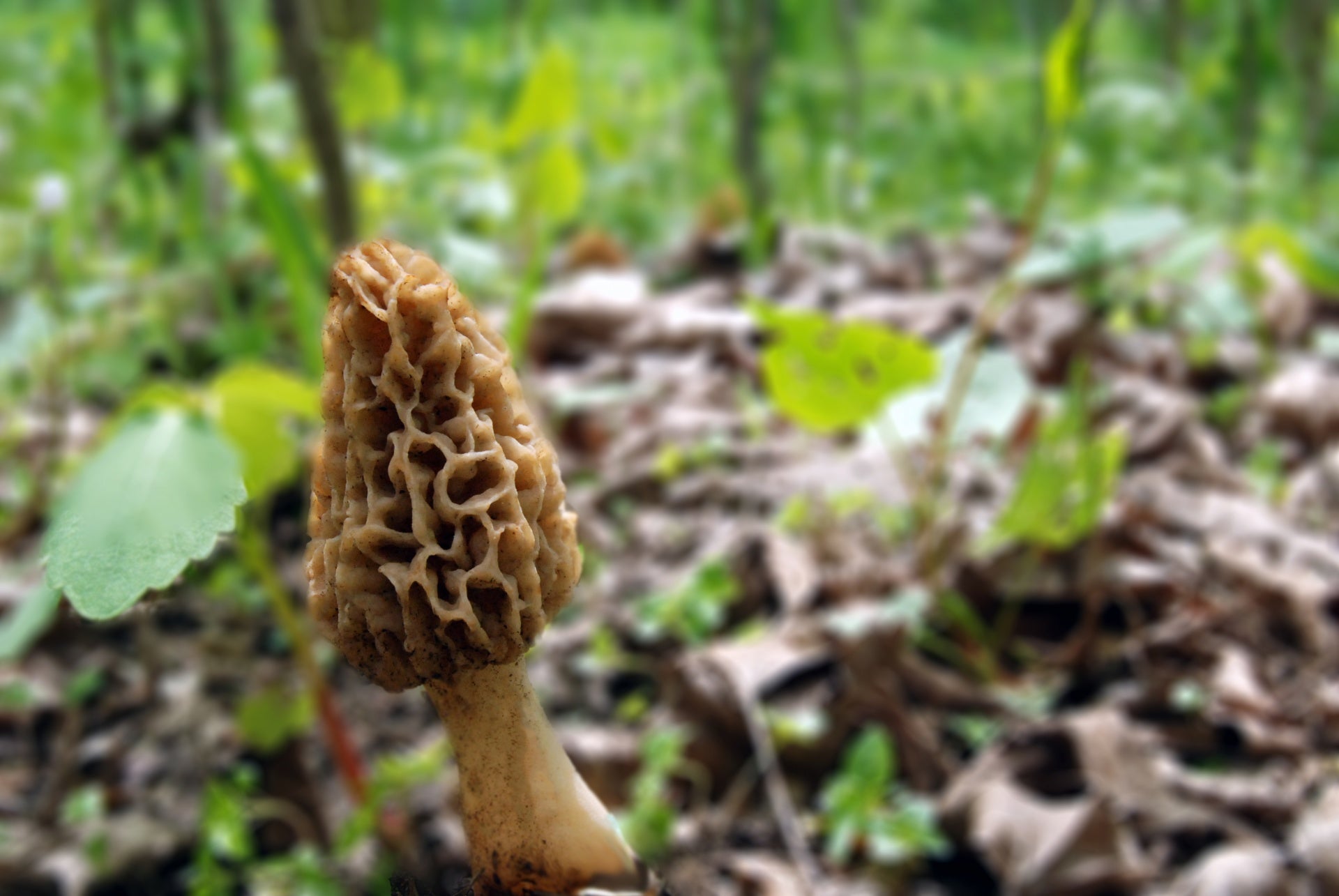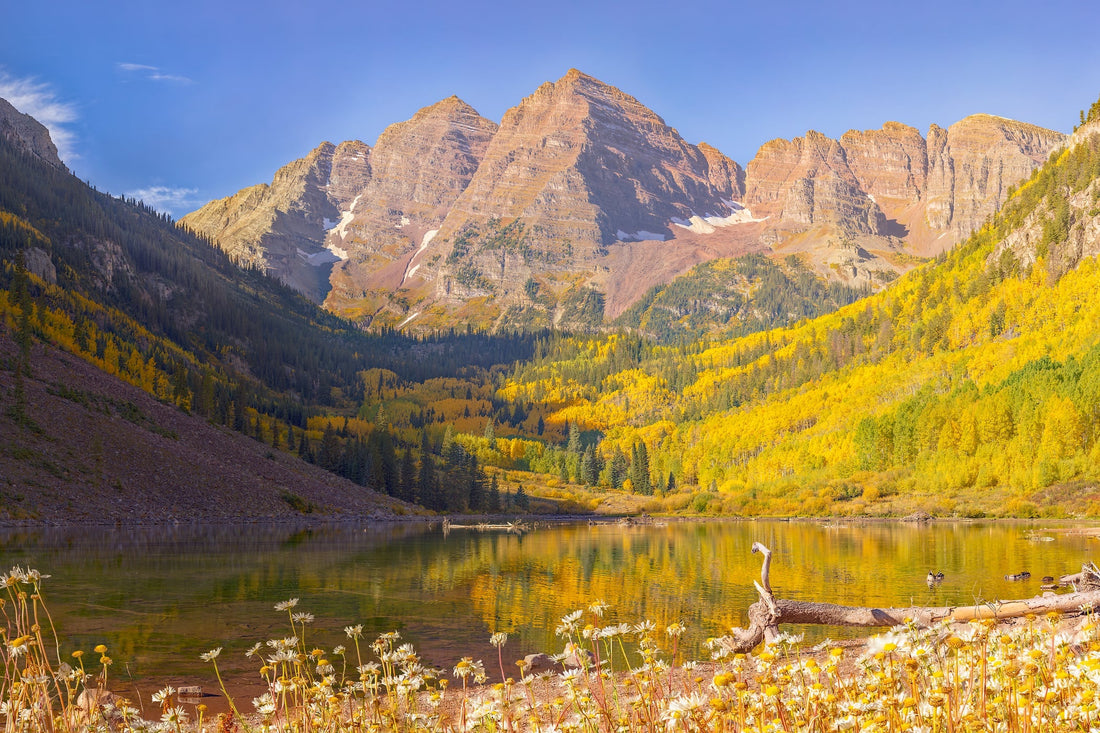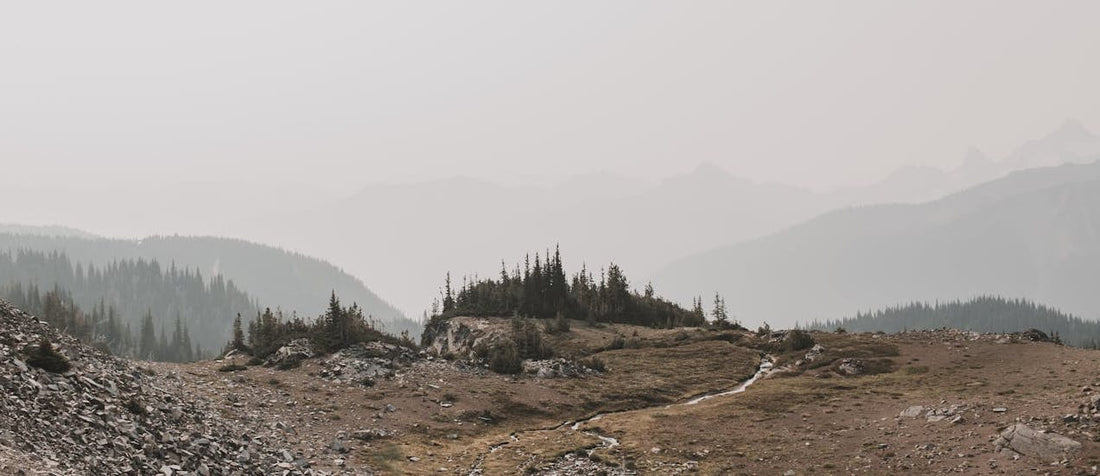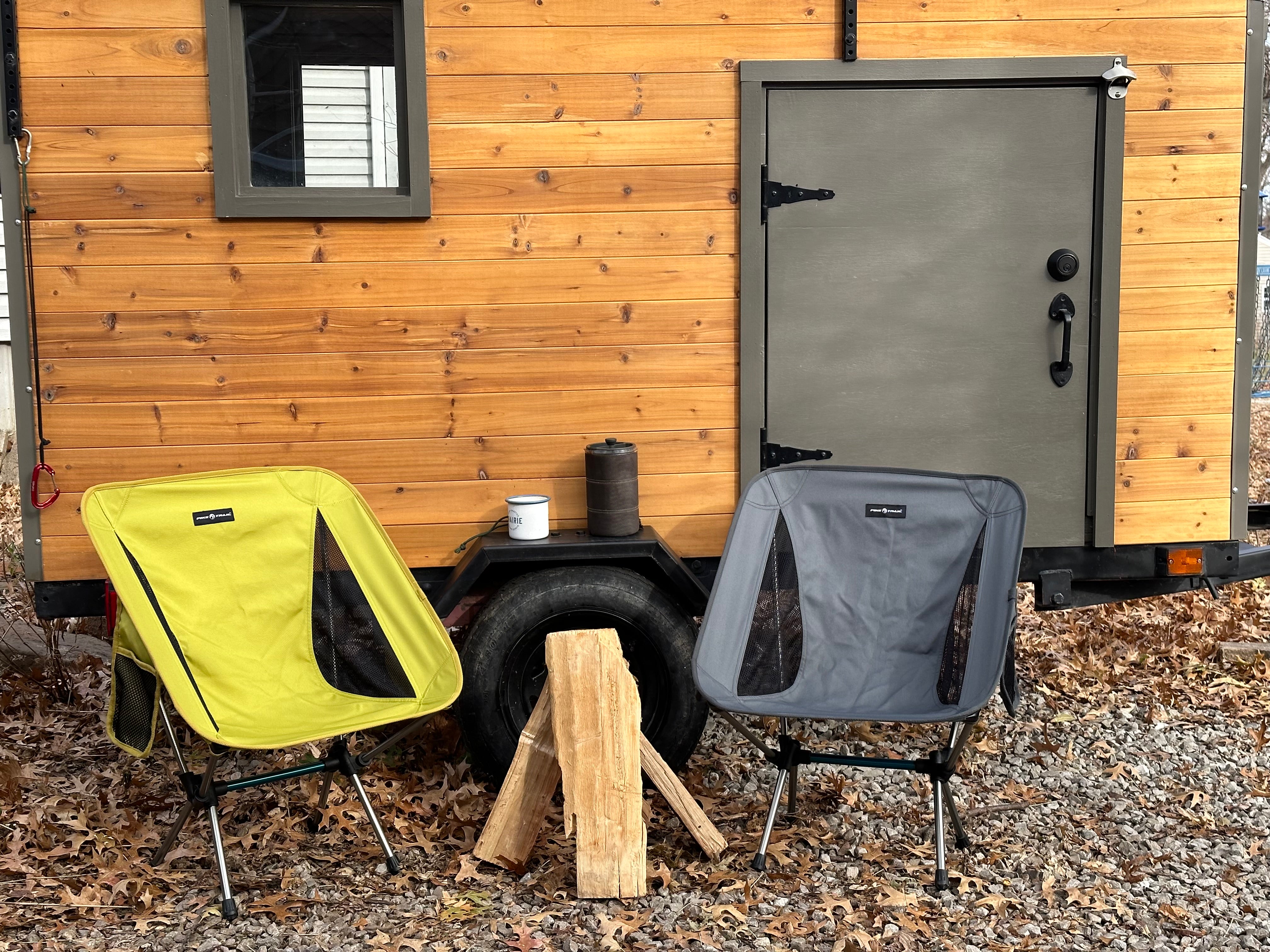Foraging for morel mushrooms can be a rewarding and delicious experience, but it's important to know what you're doing and how to get started. Morels are a highly prized mushroom, and they can be found in a variety of habitats across North America in the springtime.
Here are some key things to know and tips to help you get started with morel mushroom foraging:
- Identify morel mushrooms correctly
Morels are distinctive mushrooms with a honeycomb-like cap and a hollow stem. There are several different species of morels, but they all share these general characteristics. It's important to correctly identify morels before consuming them, as there are several look-alike species that can be toxic.
- Know where to look
Morels can be found in a variety of habitats, including woods, grassy fields, and even along roadsides. They tend to grow in areas that have recently been disturbed, such as burn sites or areas that have undergone logging. Morels are most commonly found in the spring, usually in April or May.
- Get the right gear
When foraging for morels, it's important to have the right gear. This includes a good pair of boots for walking in the woods, a pair of Pike Trail Snake Gaiter Leg Guards for protection against snake bites, a basket or mesh bag for collecting mushrooms, and a mushroom knife for cutting the stem of the mushroom cleanly.
- Go with an experienced forager
Foraging with someone who has experience identifying mushrooms can be very helpful, especially if you're just getting started. They can help you identify morels and avoid look-alike species that may be toxic.
- Leave some behind
When foraging for morels, it's important to leave some behind. Morels are a vital part of the ecosystem, and over-harvesting can lead to a decline in their populations. Only take what you need and leave some behind for others to enjoy.
- Cook them properly
Morels should always be cooked before consuming them. They can be sautéed, grilled, or used in a variety of dishes. Raw morels can cause stomach upset, and some species of morels contain a toxin that is only broken down through cooking.
In summary, foraging for morel mushrooms can be a fun and rewarding experience, but it's important to know what you're doing and how to get started. Always correctly identify morels before consuming them, know where to look, get the right gear, go with an experienced forager, leave some behind, and cook them properly. With these tips in mind, you'll be well on your way to a successful morel mushroom foraging trip.






